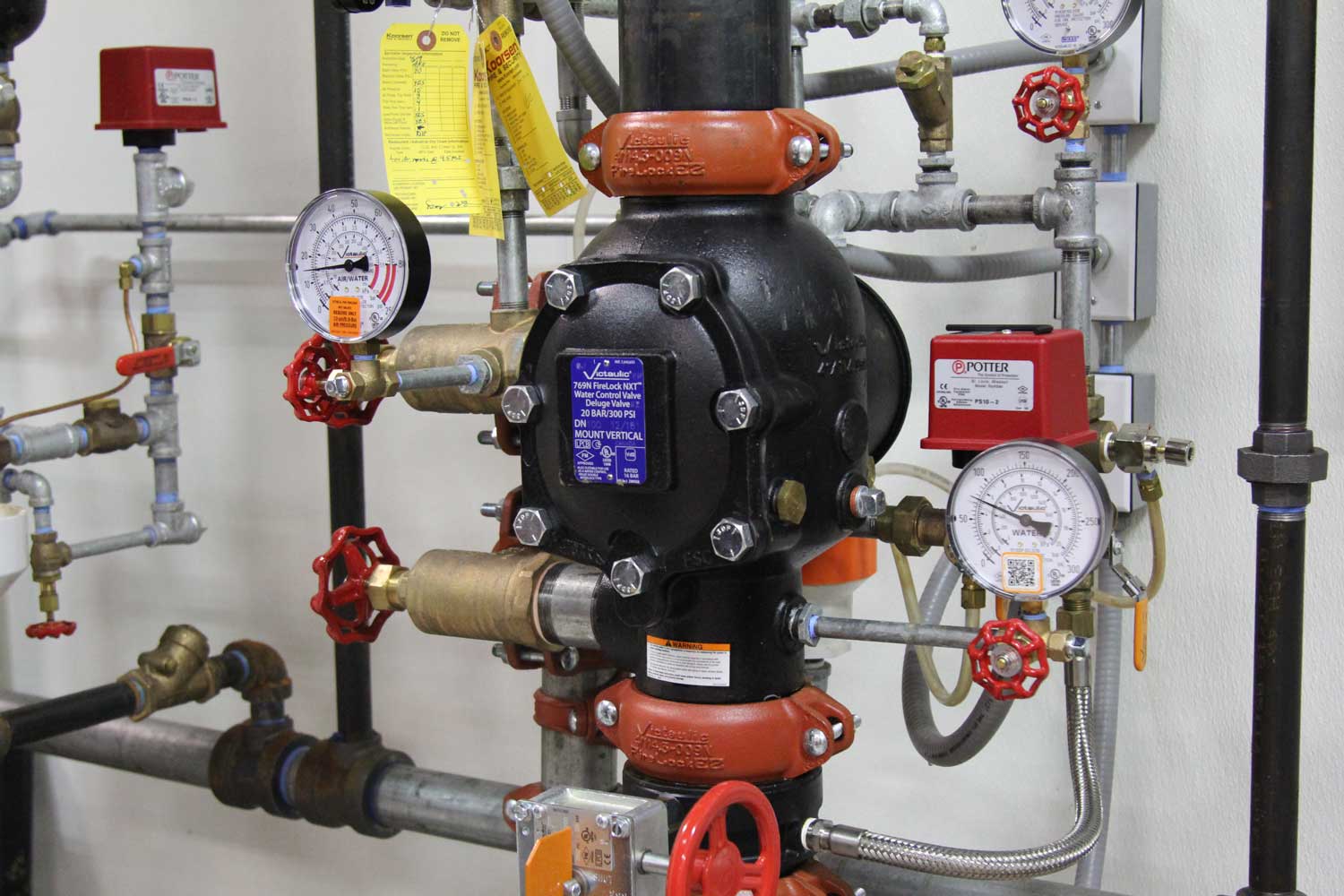Often, when installing an outlet box in a fire-rated wall, people assume you must install a metal box because metal doesn’t burn. That’s just not true!
The truth is most metal outlet boxes are plastic. A fire-rated auxiliary drain outlet box with the right materials can meet building requirements and help slow down a fire.
Fire Resistant Materials
Achieving a good fire rating for a building can be difficult because it requires various materials and products. It is important to understand the requirements and test protocols of each component that you plan to use.
The first step is identifying the components you want to test and determining their required fire resistance. You can do this by consulting the building codes for your area.
For example, if you plan to install an Auxiliary Drain Box on the exterior of your home, you’ll need to know what materials it should be made from. It will help you identify whether you need to change the material to a fire-rated product.
Fire-Resistant Intumescent Pads
All the necessary fire protection requirements must be met when installing a fire-rated auxiliary drain outlet box into a plasterboard partition wall. It includes providing an effective fire stop, smoke seal, and acoustic performance.
One way to meet these requirements is by using a fire-resistant intumescent pad. These mouldable products expand in the event of a fire, creating an insulating char to prevent the spread of flames and smoke.
These intumescent pads can protect various building elements, including electrical wiring, cable trunking, and plasterboard penetrations. They are easy to install and come in a wide variety of different sizes and shapes.
If the wiring in a building is overheated, it can cause serious problems and even lead to fires spreading throughout the building. It is essential to properly house and correctly sheathe all cables and wires to avoid this.
During installation, it is important to ensure that the back box is fully clean and free from dust and other contaminants, as this can affect the effectiveness of the intumescent putty pad. Once the back box has been thoroughly cleaned, the putty pad should be carefully molded into it by hand to line its internal face and sides fully.
Once the putty pad has been inserted into the back box, it should dry for at least 12 hours before being installed into the plasterboard wall. It will help to reseal the gap between the box and the wall and the hole created by the back box being removed from the stud cavity.
Click here – Top Features to Look For in the Best Day Spas
Fire-Resistant Insulation
Insulation materials are a great choice for this, as they can offer excellent fire protection while reducing energy costs and controlling condensation. While fiberglass and mineral wool are the most common types of insulation, other materials like cellulose can also be used to meet your building’s needs for fire resistance.
Depending on your type of insulation, it may require additional fire testing to ensure that the material will not ignite in a fire. For example, pipe and duct insulation often requires a time-temperature fire test to confirm that the insulation will withstand a fire for a long period.
When a fire does break out, the insulation can be a critical part of helping to prevent further spread and reduce injuries. In addition, it can provide valuable time for people to escape.
If a fire-resistant auxiliary drain outlet box is installed, it can help ensure that water pipes won’t cause further damage or even burn down completely. It can also protect against the odors and vapors associated with a fire.
In addition, it can also help to keep the temperature down so that the blaze doesn’t become so intense. It can make a big difference in whether a fire can be contained and the fire department can extinguish it promptly.
The best way to determine if your insulation is fire-resistant is to hire a professional to inspect your installation. They can look at the walls and ceiling to see whether the material is fireproof.
Click here – What Are the Features and Benefits of High-Quality Plumbing Services?
Fire-Resistant Bracketing
Fire-resistant bracketing is one of the most common ways to protect fire-rated assemblies. This type of bracketing can be used to attach a variety of different types of fire-rated door jamb systems to the wall.
A fire-rated jamb system is a fire-resistant door jamb that has been tested and received a specific fire rating, such as a 90-minute or 60-minute fire rating. The system consists of a base portion made of fire-resistant material such as a fire-resistant particle board, a wood stop member, and a pair of intumescent strips attached to opposite sides of the base portion.
The jamb is then installed in the wall using a series of hinge-leg brackets, each consisting of a hinge leg, a pre-drilled jamb hole, and three screws. The installer levels the jamb and screws it into the wall in a manner consistent with the jamb’s fire rating.
This type of fire-rated bracketing can also be used to install fire-rated auxiliary drain outlet boxes in fire-rated walls or any other application where the box needs to be installed in a wall.

